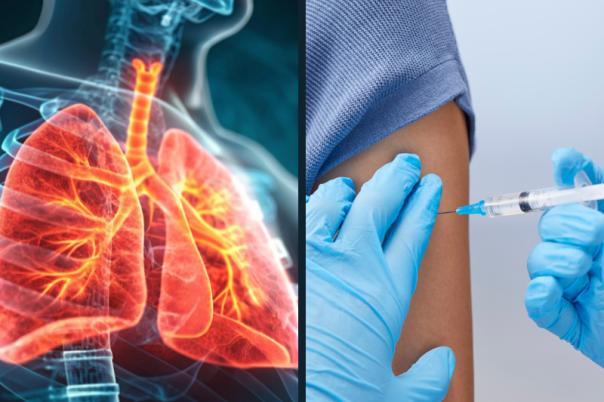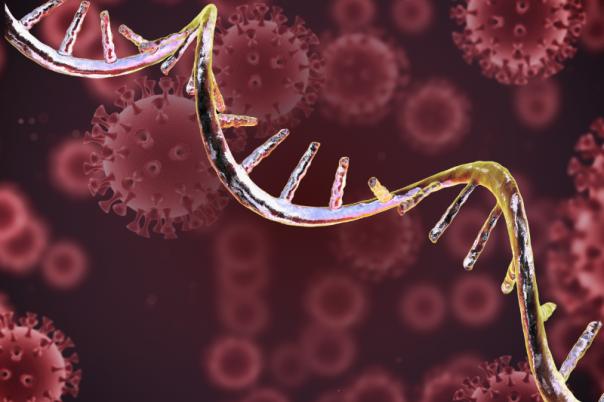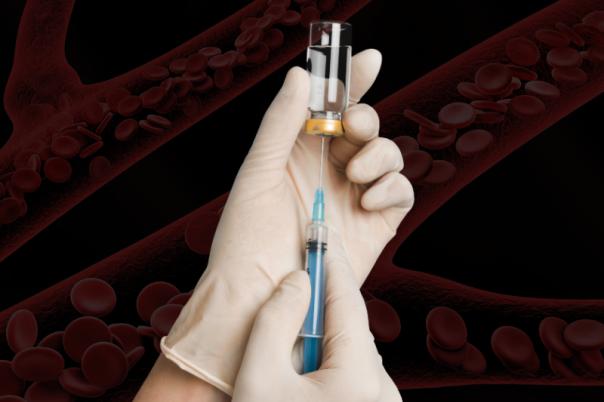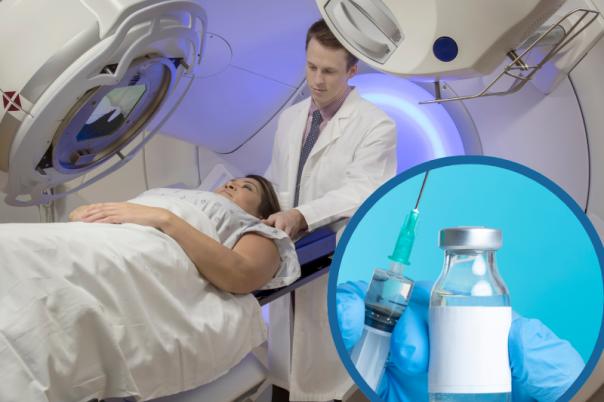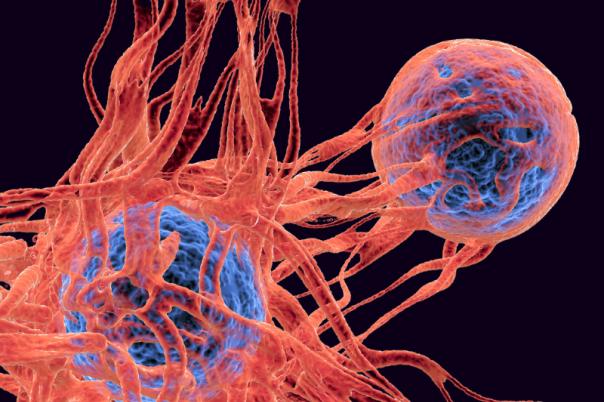Mabrouka Maamra, Project Manager at the University of Sheffield, discussed the importance of quality by digital design for developing RNA vaccines and therapeutic manufacturing processes. She described mRNA vaccines as a lifeline due to their rapid dose production compared to traditional vaccines. While the COVID-19 pandemic highlighted the potential of mRNA vaccines it also showcased the great inequality and disparity in terms of vaccine distribution and technology access.
To fight any future global pandemics or epidemics, pandemic preparedness is key to ensure that we have worldwide access to vaccines. In late 2022, Maamra’s team led by Doctor Zoltán Kis was awarded a grant in the R3 programme RNA Readiness response by Welcome Leap. Maamra stated: “The aim of the project was to address the challenges of producing large volumes of RNA-based vaccines and therapeutics rapidly, at high quality, low cost, and in a disease-agnostic manner.”
Experts in process development, modelling, and analytical methods combined their expertise to produce an RNA platform that enabled multi-product production at high-quality secure low-cost manufacturing with high productivity to enable rapid development and mass production of mRNA vaccines. To achieve this, applying quality by digital design (QbDD) is crucial. Within the manufacturing context, a risk management approach is key to ensuring quality control throughout the process. Furthermore, critical quality attributes define efficacy and safety, and process optimisation through real-time monitoring and digital modelling are key to creating a robust QbDD & Manufacturing Framework.
In vitro transcription is an essential process in manufacturing, this method aims to convert the substrates (NTPs) into the desired product (RNA). This stage requires implementing process parameters like time, Ph, reagent type, concentration, and mixing with the hope of achieving all the critical attributes required and key performance indicators. The RNA is produced via enzymatic reactions and chromatography purification which has been optimised using oligo dT chromatography to improve efficacy and reduce costs.
To take this a step further, Maamra explained that the team has created a web app connected to manufacturing analytical equipment. This gives researchers real-time data analysis and graphical analysis. Maamra added: “We've developed a tool and built it into the dashboard to look at the continuous chromatography peak area, and it takes into account the peak area in real-time. We can quantify the purified mRNA from the continuous chromatography in real-time.” The digital model integrates soft sensors and digital twins which allow the predictive modelling to find faults and optimise process parameters in real-time.
Regarding future directions, the team aims to finalise the RNA box to scale up production and further integrate analytical tools for improved process control. Maamra rounded up the discussion with the following statement: “This (the RNA box) will allow rapid access to RNA technology, rapid development and manufacturing of high-quality mRNA vaccines and therapeutics, and simplified technology transfer.”

